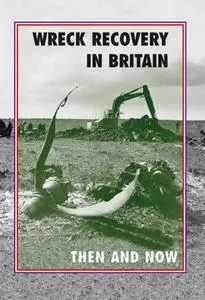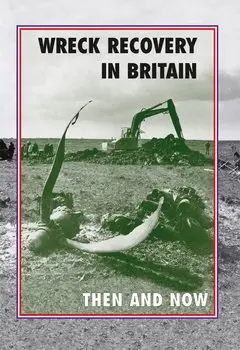Wreck Recovery in Britain : Then and Now
by Peter J. Moran
English | 2021 | ISBN: 1870067940 | 232 Pages | True ePUB | 67 MB
by Peter J. Moran
English | 2021 | ISBN: 1870067940 | 232 Pages | True ePUB | 67 MB
Whereas on the Continent, the Missing Research and Enquiry Unit left no stone unturned to try to trace the thousands of airmen who still remained missing, strangely enough no similar operation was carried out by the RAF on crash sites in the United Kingdom. Many of these still contained the mortal remains of pilots whose names had been added to the Memorial to the Missing unveiled at Runnymede in 1953. It is difficult to understand today how it took so long for the realization to sink in that aircraft wreckage still remained buried. When it did, there followed what can only be described as an unholy scramble to find crash sites and dig them up, heavy plant being employed to make it easier and quicker. At the height of this unfettered exploration period during the 1970s, there were over 30 ‘aviation archaeology’ groups at work, particularly in the counties of Essex, Kent and Sussex. Unrecovered human remains were now being found which understandably raised criticism from some quarters. Inevitably order had to be restored and the Ministry of Defence stepped in with a ‘code of conduct’ for digging up crashed aircraft, a measure that was reinforced by an Act of Parliament in 1986. Thereafter a process was introduced whereby the Ministry issued licenses before a wreck site could be excavated, and every license application, whether granted or refused, is listed for the first time in this book.



